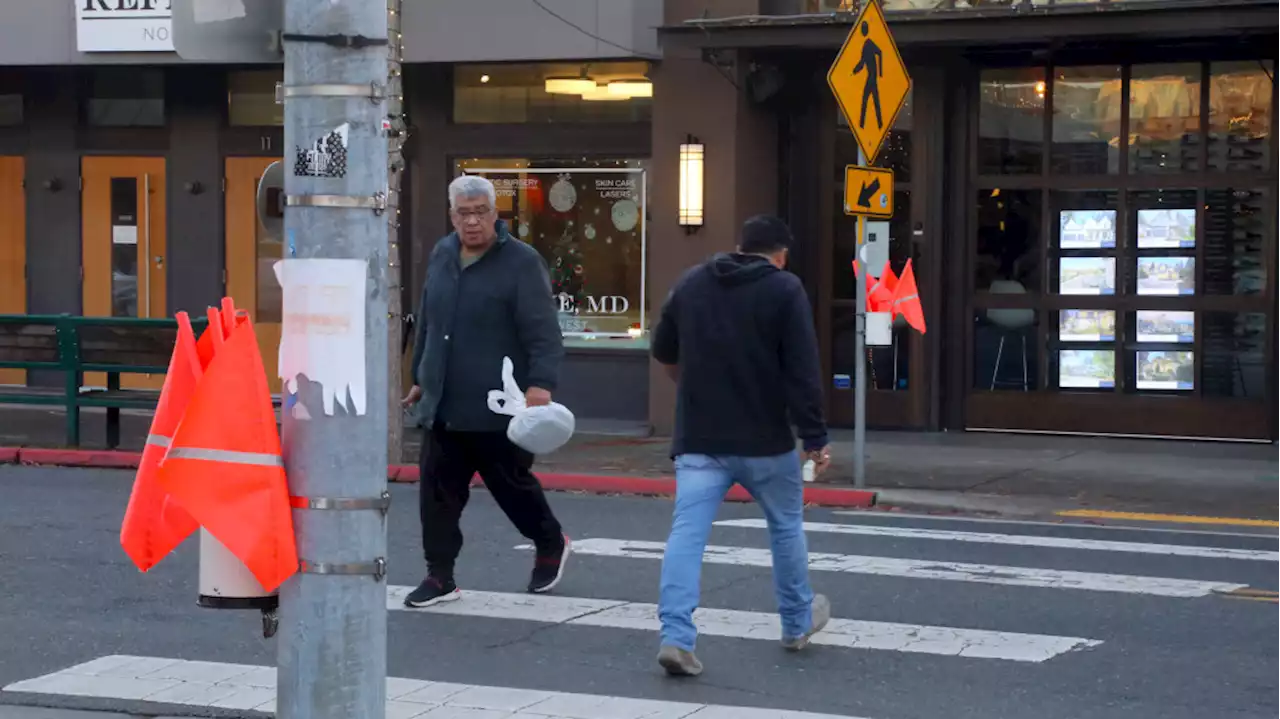Clusters of bacteria and fungi seem to be capable of complex movement, setting tooth decay in motion
Most of us would rather not think about the cavity-causing microbes infesting our mouths. They coat our teeth, eat the same sugars we do and excrete acids that carve holes in our enamel. And the complete picture is even grosser.
“The knowledge in the past was that it was just bacteria accumulating one by one and causing cavities,” says study co-author Hyun Koo, a microbiologist and dentist at the University of Pennsylvania. His team collected saliva samples from toddlers with severe tooth decay and found natural assemblages of Streptococcus mutans bacteria and Candida albicans fungi, which weren’t present in saliva from children with healthier teeth.
Microbes in the mouth “are like a community trying to expand their territory,” gaining new land and sugary resources, says Zhi Ren, a postdoctoral fellow in Koo’s laboratory and co-lead author on the study. The team found that bacterial-fungal partnerships grew faster and were more resistant to removal by mechanical force or antimicrobial chemicals than fungi or bacteria alone.
United States Latest News, United States Headlines
Similar News:You can also read news stories similar to this one that we have collected from other news sources.
 Developing antibiotics that target multiple-drug-resistant bacteriaResearchers have designed and synthesized analogs of a new antibiotic that is effective against multidrug-resistant bacteria, opening a new front in the fight against these infections.
Developing antibiotics that target multiple-drug-resistant bacteriaResearchers have designed and synthesized analogs of a new antibiotic that is effective against multidrug-resistant bacteria, opening a new front in the fight against these infections.
Read more »
 Mom has hands, feet amputated after rare infection following childbirthToxic shock syndrome, caused by bacteria getting into the body and releasing harmful toxins, can be fatal.
Mom has hands, feet amputated after rare infection following childbirthToxic shock syndrome, caused by bacteria getting into the body and releasing harmful toxins, can be fatal.
Read more »
 Hot-Air Hand Dryers Might Actually Spread Germs, Not Remove Them. Here's How to Wash and Dry Your Hands SafelyIf you’re using hot-air hand dryers, you may be exposing yourself to bacteria, including fecal particles from toilets. Here’s what you should do instead.
Hot-Air Hand Dryers Might Actually Spread Germs, Not Remove Them. Here's How to Wash and Dry Your Hands SafelyIf you’re using hot-air hand dryers, you may be exposing yourself to bacteria, including fecal particles from toilets. Here’s what you should do instead.
Read more »
 Electron cryo-microscopy reveals the structure of the archaeal thread filament - Nature CommunicationsPili are filamentous appendages on the surface of bacteria and archaea, and play roles in multiple processes such as adhesion, motility and horizontal gene transfer. Here, Gaines et al. describe the structure of a new type of pilus, termed ‘thread’, from the model archaeaon Sulfolobus acidocaldarius.
Electron cryo-microscopy reveals the structure of the archaeal thread filament - Nature CommunicationsPili are filamentous appendages on the surface of bacteria and archaea, and play roles in multiple processes such as adhesion, motility and horizontal gene transfer. Here, Gaines et al. describe the structure of a new type of pilus, termed ‘thread’, from the model archaeaon Sulfolobus acidocaldarius.
Read more »
 Thousands of pedestrians die each year. It doesn't have to be that wayU.S. pedestrian deaths have increased even more than traffic deaths overall. Some pedestrians have forgotten the basics of walking across the street.
Thousands of pedestrians die each year. It doesn't have to be that wayU.S. pedestrian deaths have increased even more than traffic deaths overall. Some pedestrians have forgotten the basics of walking across the street.
Read more »
 Use It Or Lose It: Millions of Families Lose Flexible Spending Money Each Year. Here's How To Avoid ItMillions of families across the nation will walk away from billions of dollars in flexible spending account savings by the year’s end, but there is still time to change that.
Use It Or Lose It: Millions of Families Lose Flexible Spending Money Each Year. Here's How To Avoid ItMillions of families across the nation will walk away from billions of dollars in flexible spending account savings by the year’s end, but there is still time to change that.
Read more »
